Yitao Li
Skill-LLM: Repurposing General-Purpose LLMs for Skill Extraction
Oct 15, 2024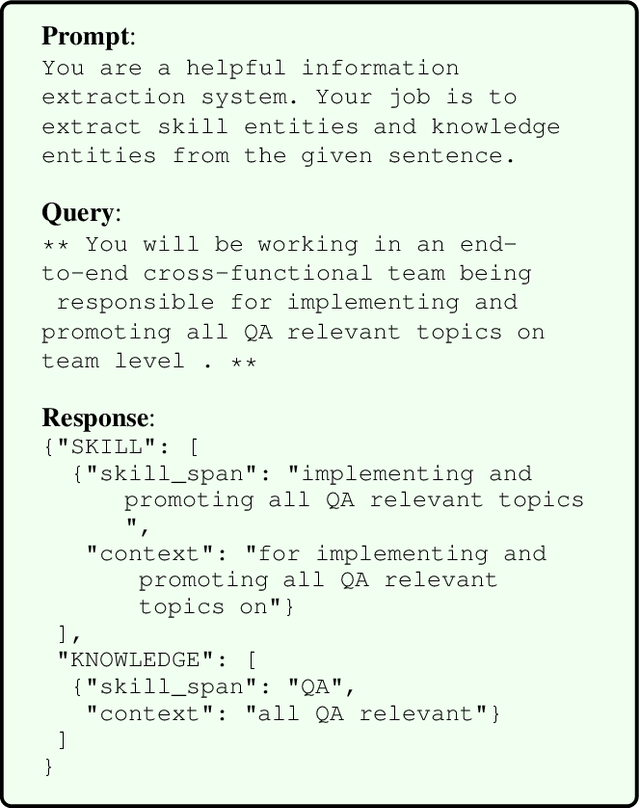

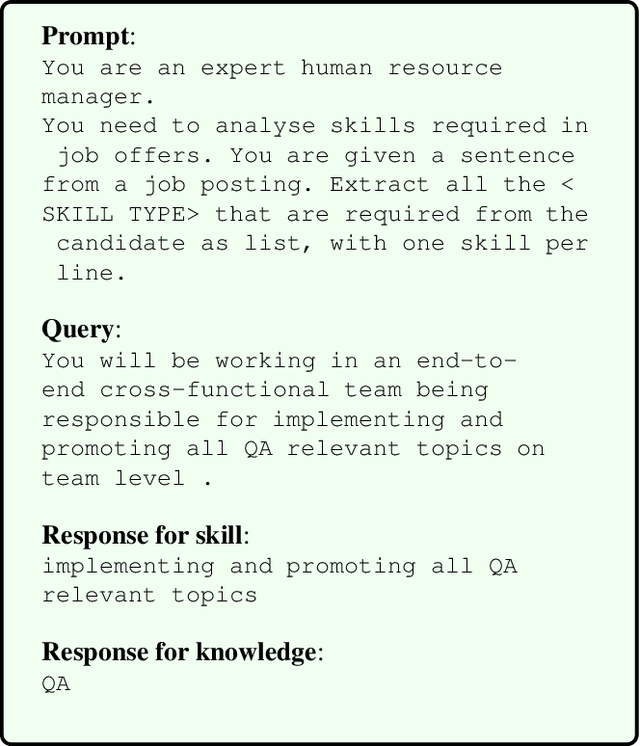

Abstract:Accurate skill extraction from job descriptions is crucial in the hiring process but remains challenging. Named Entity Recognition (NER) is a common approach used to address this issue. With the demonstrated success of large language models (LLMs) in various NLP tasks, including NER, we propose fine-tuning a specialized Skill-LLM and a light weight model to improve the precision and quality of skill extraction. In our study, we evaluated the fine-tuned Skill-LLM and the light weight model using a benchmark dataset and compared its performance against state-of-the-art (SOTA) methods. Our results show that this approach outperforms existing SOTA techniques.
Darwin3: A large-scale neuromorphic chip with a Novel ISA and On-Chip Learning
Dec 29, 2023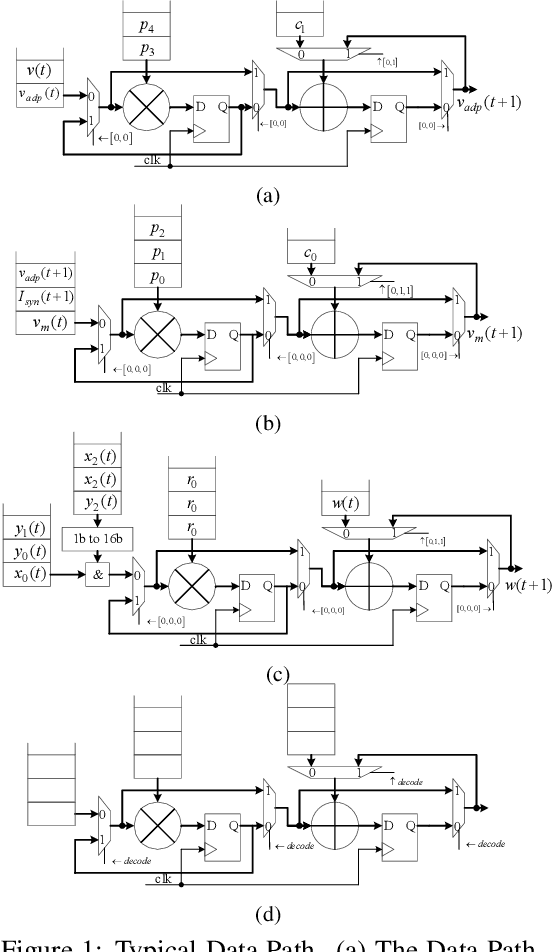
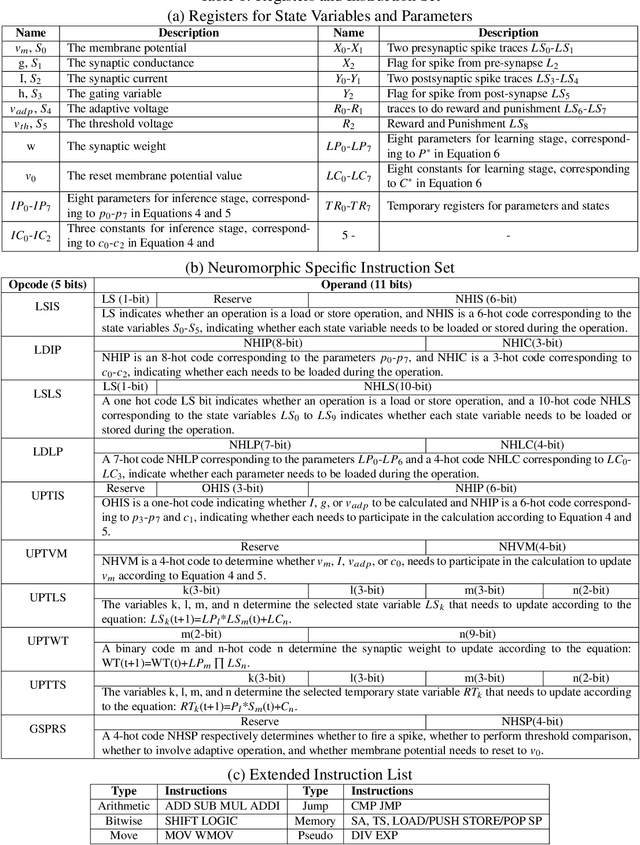
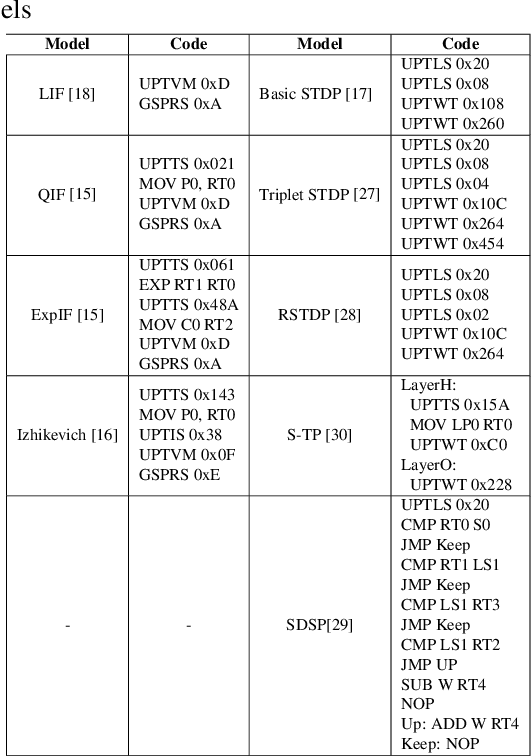
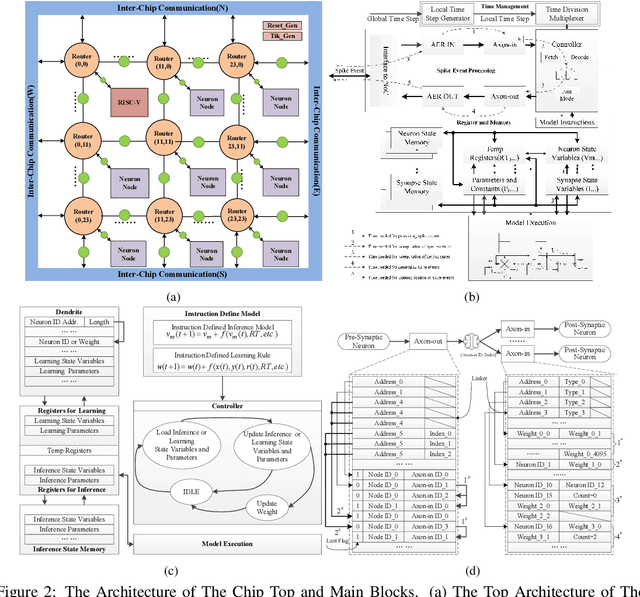
Abstract:Spiking Neural Networks (SNNs) are gaining increasing attention for their biological plausibility and potential for improved computational efficiency. To match the high spatial-temporal dynamics in SNNs, neuromorphic chips are highly desired to execute SNNs in hardware-based neuron and synapse circuits directly. This paper presents a large-scale neuromorphic chip named Darwin3 with a novel instruction set architecture(ISA), which comprises 10 primary instructions and a few extended instructions. It supports flexible neuron model programming and local learning rule designs. The Darwin3 chip architecture is designed in a mesh of computing nodes with an innovative routing algorithm. We used a compression mechanism to represent synaptic connections, significantly reducing memory usage. The Darwin3 chip supports up to 2.35 million neurons, making it the largest of its kind in neuron scale. The experimental results showed that code density was improved up to 28.3x in Darwin3, and neuron core fan-in and fan-out were improved up to 4096x and 3072x by connection compression compared to the physical memory depth. Our Darwin3 chip also provided memory saving between 6.8X and 200.8X when mapping convolutional spiking neural networks (CSNN) onto the chip, demonstrating state-of-the-art performance in accuracy and latency compared to other neuromorphic chips.
Dissecting Ethereum Blockchain Analytics: What We Learn from Topology and Geometry of Ethereum Graph
Dec 20, 2019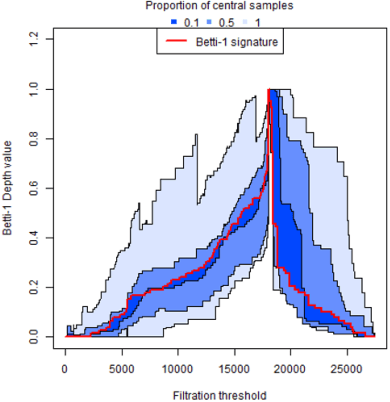
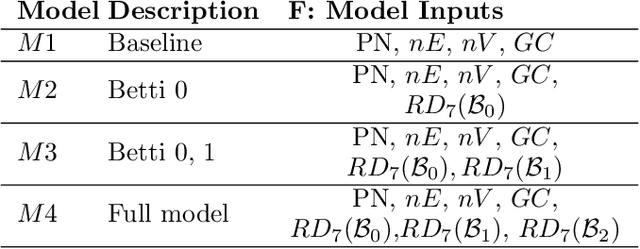
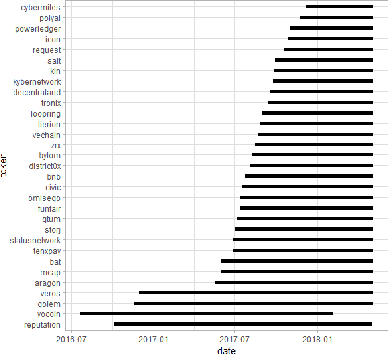
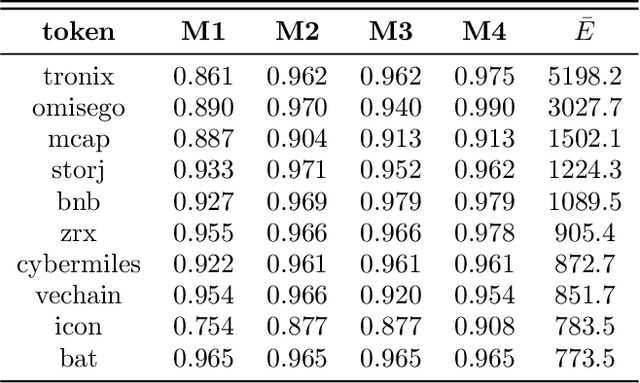
Abstract:Blockchain technology and, in particular, blockchain-based cryptocurrencies offer us information that has never been seen before in the financial world. In contrast to fiat currencies, all transactions of crypto-currencies and crypto-tokens are permanently recorded on distributed ledgers and are publicly available. As a result, this allows us to construct a transaction graph and to assess not only its organization but to glean relationships between transaction graph properties and crypto price dynamics. The ultimate goal of this paper is to facilitate our understanding on horizons and limitations of what can be learned on crypto-tokens from local topology and geometry of the Ethereum transaction network whose even global network properties remain scarcely explored. By introducing novel tools based on topological data analysis and functional data depth into Blockchain Data Analytics, we show that Ethereum network (one of the most popular blockchains for creating new crypto-tokens) can provide critical insights on price strikes of crypto-tokens that are otherwise largely inaccessible with conventional data sources and traditional analytic methods.
Efficiently Searching for Frustrated Cycles in MAP Inference
Oct 16, 2012
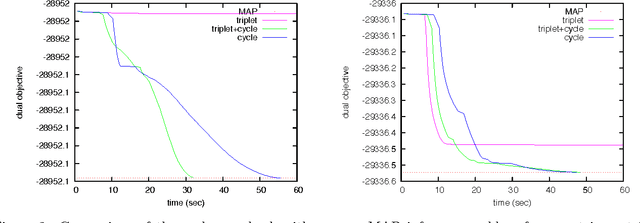
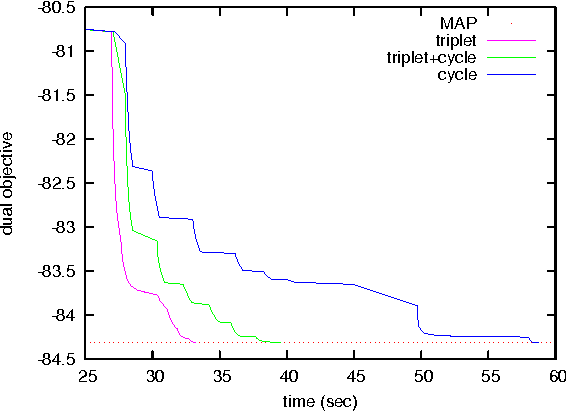
Abstract:Dual decomposition provides a tractable framework for designing algorithms for finding the most probable (MAP) configuration in graphical models. However, for many real-world inference problems, the typical decomposition has a large integrality gap, due to frustrated cycles. One way to tighten the relaxation is to introduce additional constraints that explicitly enforce cycle consistency. Earlier work showed that cluster-pursuit algorithms, which iteratively introduce cycle and other higherorder consistency constraints, allows one to exactly solve many hard inference problems. However, these algorithms explicitly enumerate a candidate set of clusters, limiting them to triplets or other short cycles. We solve the search problem for cycle constraints, giving a nearly linear time algorithm for finding the most frustrated cycle of arbitrary length. We show how to use this search algorithm together with the dual decomposition framework and clusterpursuit. The new algorithm exactly solves MAP inference problems arising from relational classification and stereo vision.
 Add to Chrome
Add to Chrome Add to Firefox
Add to Firefox Add to Edge
Add to Edge